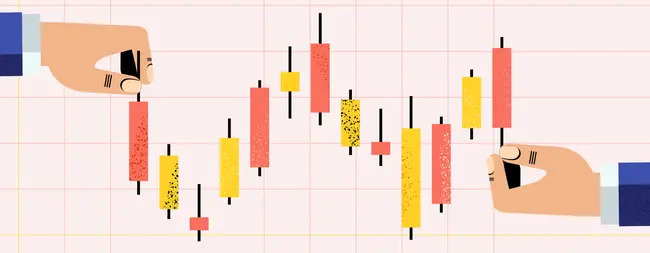
Popular payment apps such as Venmo, Zelle, and Cash App have revolutionized how people send and receive money. Millions of people enjoy the convenience these apps provide, however, there is a dark side to this convenience.
Whenever something is popular, scammers find vulnerabilities they can exploit, and these payment apps are no different. Of course, this doesn ’t mean you should stop using the apps altogether, but you do need to be careful and have your guard up, otherwise, you ’ll be at risk of losing your hard-earned money.
Let ’s explore how scammers use popular payment apps and how you can protect yourself.
It All Starts With a Bait
Scamming often starts with a simple bait –something that will catch the victim ’s attention and begin the process. There are a couple of different baits scammers use to lure people into trusting them.
Impersonating Friends and Family
Anyone can create an account on these apps and use whatever identity they choose. Unfortunately, there aren ’t any methods the apps themselves use to confirm someone ’s personal information, and that can create a serious problem.
Scammers use this to their advantage to impersonate friends, family, or significant others. Then they come up with a believable story about how they need money urgently, perhaps due to a stolen wallet or unexpected expense.
Phishing For Information
Some scammers try to get into your account directly, but to do that they ’ll need to get your login information. To do this, they send emails, texts, and social media messages impersonating the payment app.
This is a classic phishing attempt, as with these messages they also send malicious links that can steal your information that will allow them to log into your account.
Some scammers even go for advanced phishing methods and implement AI technology to create convincing audio and video messages, making their scams more believable.
Sending “Too Good To Be True ”Offers
If you receive a “too good to be true ”offer through one of these apps, your red flag alarm should go off. Most of the time, promises of easy money, quick investments, or exclusive deals have scammers behind them.
Creating a Hook
Having bait isn ’t enough –there also needs to be a hook that will cause a sense of urgency and get the victim to send the money without thinking too much about it.
Creating Social Pressure
Wanting to help out a loved one is a very human instinct, and so is a fear of missing out on an opportunity. Scammers use this to their advantage to create social pressure and make their potential victims feel like the situation is dire and that there isn ’t much time to send money before it ’s too late.
Sending Fake Evidence
To make their scam more believable, these people will generate “evidence ”such as screenshots, forged voice messages, or fake invoices and send them to you.
Implementing Pressure Tactics
As soon as you engage with a scammer, they will start pressuring you with guilt trips or even threats until you give into the pressure and send the money they ’re after.
How Can You Protect Yourself?
Scammers use all of these underlined tactics to get an emotional reaction out of their targets, whether it ’s fear, excitement, or a sense of trust. As soon as they get the reaction they ’re looking for, it ’s time for them to get what they ’re after –your money.
However, there are still ways you can protect yourself. There are a few things you should always remember:
- Double-check all requests and ensure they ’re coming from a trusted person
- Never share your login credentials, bank details, or other sensitive and private information with anyone.
- Don ’t fall for pressure tactics, especially if someone is trying to rush you through a decision.
- Report all suspicious activity and potential scammers to your bank and the payment app you ’re using.
- Never download attachments or click on suspicious links from untrusted sources.
- Always use strong passwords and two-factor identification.
Remember that if something seems fishy, that ’s because it probably is. You have to be cautious, protect your information, and enjoy the convenience these payment apps provide without worrying.
Wrapping it Up
Navigating the digital jungle of popular payment apps such as Venmo, Zelle, and CashApp without falling prey to these cunning scammers can be hard at times, especially for those people who are using the apps without staying informed.
But knowing all the facts and keeping up with what ’s happening is one of the best ways to keep yourself safe. Even though scammers are always thinking up new ways to exploit these apps and the people who use them, that doesn ’t mean you need to be one of those victims.











